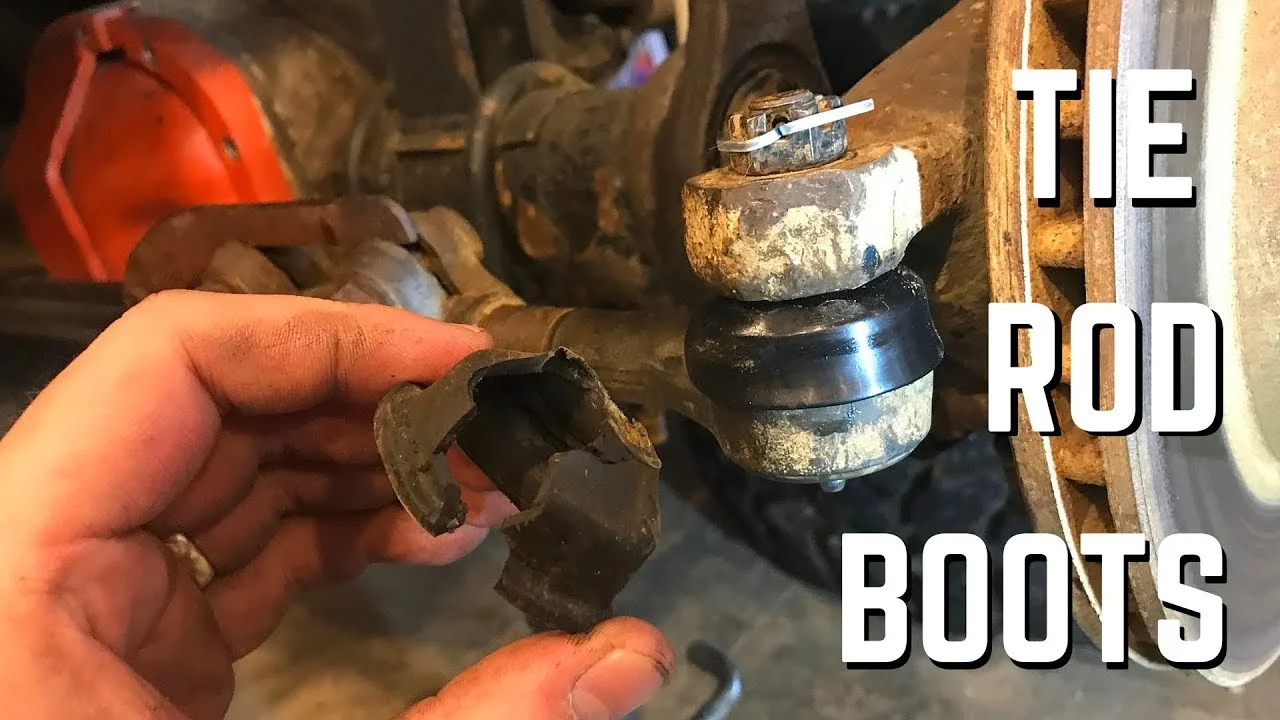
Table of Contents
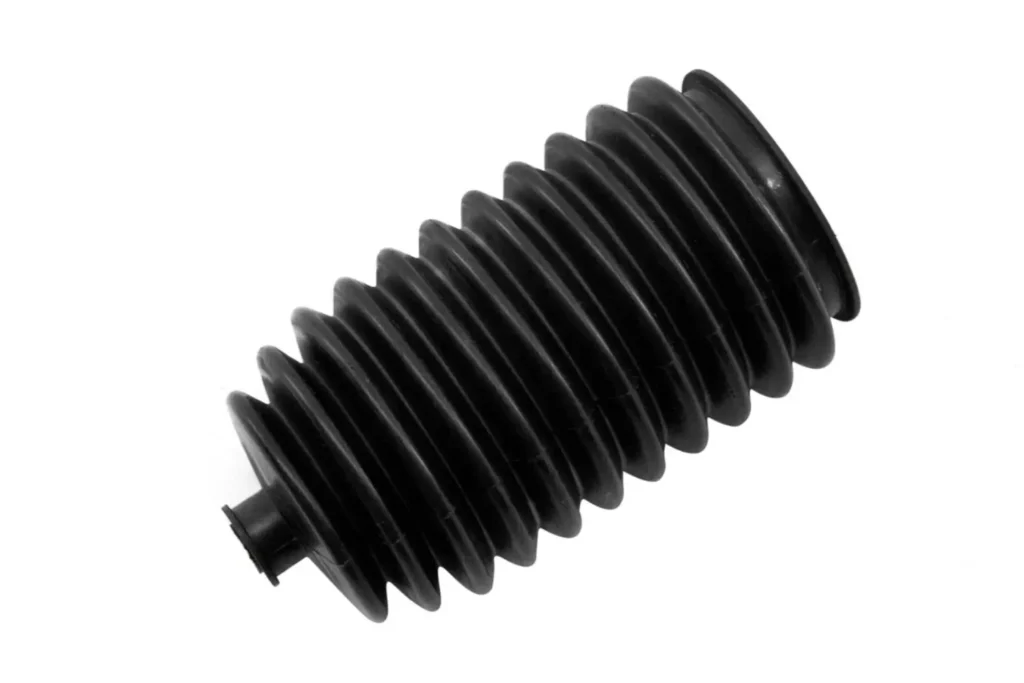
Trapping Grease in Rubber Strut Boot
When it comes to your car’s suspension, the smallest parts often make the biggest impact. One unsung hero? The rubber strut boot. You may not even realize how much this humble component contributes to your driving comfort and vehicle health. But when combined with Trapping Grease in Rubber Strut Boot its effects are game-changing.
Let’s break it all down.
What is a Rubber Strut Boot?
Key Components and Purpose
A rubber strut boot is essentially a protective sleeve that covers the strut shaft on your suspension system. Its primary job? Keep dirt, water, and debris out, while holding grease in—protecting the moving parts that absorb road shock.
Differences Between Rubber and Other Materials
Rubber is flexible, durable, and resistant to extreme temperatures. Compared to plastic or fabric boots, rubber offers better sealing and longer-lasting protection, making it the ideal material for grease entrapment in suspension systems.
Importance of Trapping Grease in the Strut Boot
Reducing Friction Between Moving Parts
Grease reduces direct contact between metal components, allowing the strut to function without grinding or seizing.
Protecting Metal Components from Corrosion
Moisture is a killer. Trapped grease in the boot forms a barrier, preventing rust and corrosion from eating away at the strut shaft.
Keeping Debris and Moisture Out
A sealed boot filled with grease acts like a shield, keeping Trapping Grease in Rubber Strut Boot out mud, dust, salt, and water—all of which can destroy a suspension system over time.
Top 20 Benefits of Trapping Grease in Rubber Strut Boot
1. Extends Lifespan of Strut Assembly
More lubrication equals less wear and tear. That means your struts last longer—saving you from premature replacements.
2. Prevents Premature Wear
Dirt and grit grind against metal surfaces like Trapping Grease in Rubber Strut Boot sandpaper. Grease acts as a buffer, preserving key components.
3. Reduces Noise and Vibrations
Hearing annoying clunks and rattles? That could be a dry strut. Grease dampens vibration and helps maintain a quiet ride.
4. Enhances Shock Absorption
A well-greased strut performs better—absorbing bumps and potholes like a pro, rather than transferring them to your spine.
5. Improves Handling and Steering Response
Greased struts mean smoother, more responsive steering—especially noticeable Trapping Grease in Rubber Strut Boot during turns or on uneven roads.
6. Boosts Fuel Efficiency by Reducing Resistance
Less friction means your car moves more freely. It may seem minor, but it adds up over time at the pump.
7. Maintains Consistent Suspension Performance
Consistent lubrication helps avoid performance dips, so your suspension always feels fresh.
8. Protects Against Road Salt and Chemicals
In winter or coastal areas, road salt Trapping Grease in Rubber Strut Boot is a menace. Grease inside a sealed boot resists chemical infiltration.
9. Minimizes Maintenance Costs
Proactive grease containment prevents costly repairs and avoids the snowball effect of damaged components.
10. Prevents Contamination of Suspension Grease
External contaminants degrade grease quality. A sealed boot Trapping Grease in Rubber Strut Boot keeps your lubricant clean and effective
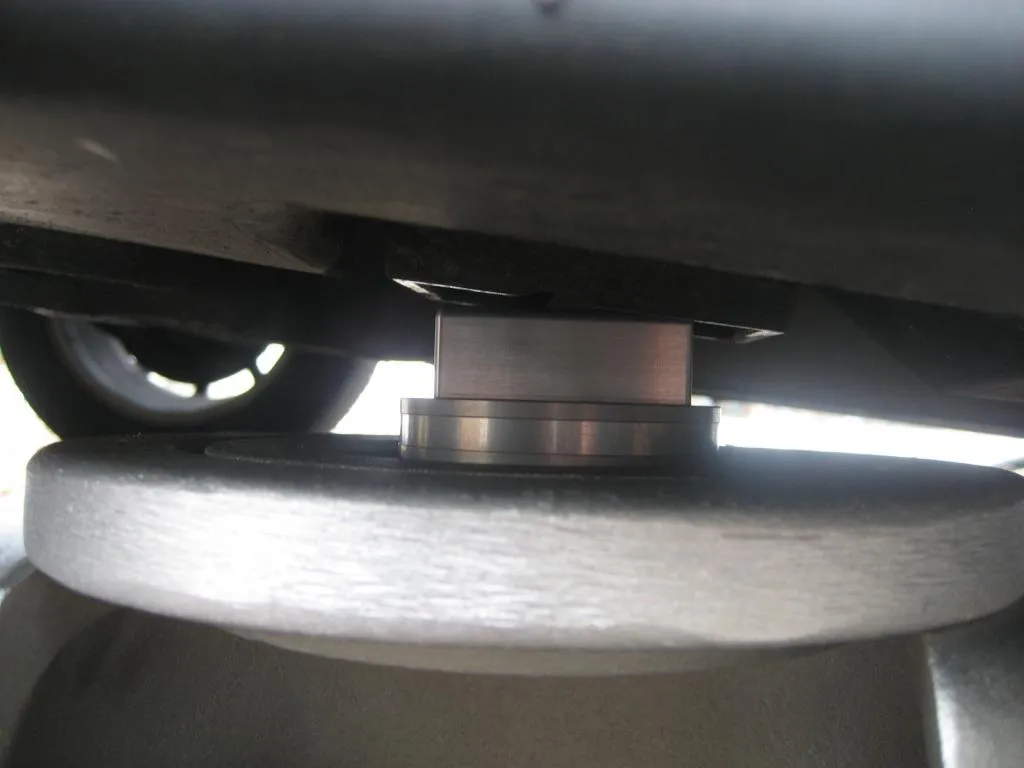
11. Enhances Vehicle Safety
Better control, grip, and responsiveness directly contribute to safer driving conditions, especially in emergencies.
12. Maintains OEM Standards
Properly greased and sealed struts help maintain your vehicle’s factory performance levels.
13. Helps in Cold Weather Performance
Some materials seize in freezing temperatures. Greased struts keep moving smoothly in winter months Trapping Grease in Rubber Strut Boot.
14. Acts as a First Line of Defense for Struts
The boot isn’t just covering—it’s protecting. It shields against everything the road throws at it.
15. Prevents Metal-on-Metal Contact
No grease? Then it’s steel grinding on steel. Grease ensures there’s always a buffer.
16. Supports Even Tire Wear
A Trapping Grease in Rubber Strut Boot stable suspension leads to consistent alignment and less tire wear—saving your tires and your wallet.
17. Aids in Quieter Rides
Greased struts are silent struts. No more creaks, groans, or mysterious noises while driving.
18. Promotes Longevity of Suspension Bushings
Trapped grease also helps nearby rubber bushings by preventing contaminant migration and reducing pressure.
19. Improves Shock Mount Durability
Shock mounts handle a lot of stress. Grease in the boot reduces strain, extending their lifespan.
20. Enhances Overall Ride Comfort
Let’s be honest—you want a smooth ride. Trapped grease in your strut boot is your silent partner Trapping Grease in Rubber Strut Boot in comfort.
Installation Tips for Maximizing Grease Retention
Choosing the Right Boot Material
Rubber is your best bet—flexible, strong, and resistant to oil. Avoid cheap plastic or fabric alternatives.
Proper Grease Application Techniques
Use Trapping Grease in Rubber Strut Boot high-quality suspension grease and don’t overfill—too much can burst the boot or attract excess debris.
Signs of a Faulty or Leaking Boot
Cracks, bulges, or visible grease leakage are red flags. If your boot is damaged, replace it ASAP.
Maintenance and Inspection Guidelines
When to Check Your Strut Boots
Ideally, inspect them every oil change or during tire rotations. A quick visual check can prevent long-term damage.
Cleaning and Re-greasing Tips
If you’re DIY-inclined, remove the boot carefully, clean the area with Trapping Grease in Rubber Strut Boot a degreaser, and apply fresh grease before resealing.
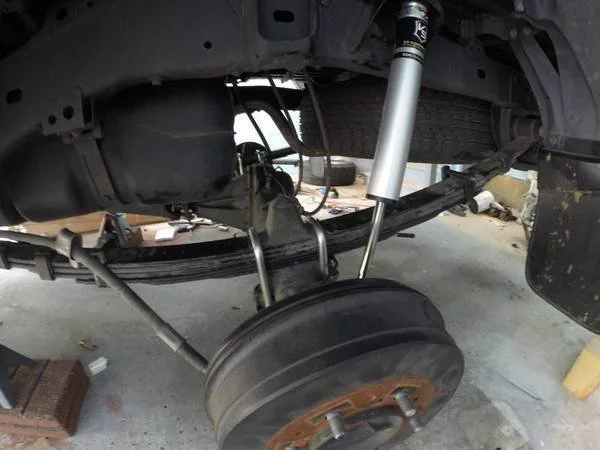
Conclusion
Trapping grease in a Trapping Grease in Rubber Strut Boot isn’t just a small mechanical detail—it’s a smart move for every car owner who cares about performance, longevity, and comfort. From reducing wear and tear to enhancing Trapping Grease in Rubber Strut Boot your daily drive, this simple maintenance tip pays off in a big way.
So next time you’re thinking about skipping that boot check? Don’t.
FAQs
1. Can I drive with a torn strut boot?
Yes, but it’s risky. A torn boot lets in debris and moisture, which can destroy your strut over time.
2. How often should grease be reapplied?
Every 50,000 miles is a good rule of thumb, or whenever you’re servicing your suspension system.
3. Is rubber the best material for strut boots?
Absolutely. It’s flexible, weather-resistant, and seals better than plastic or fabric.
4. What type of grease should I use?
Use high-temp synthetic suspension grease for the Trapping Grease in Rubber Strut Boot best performance and longevity.
5. Can I replace just the boot without changing the strut?
Yes, if the strut is still in good condition. Just make sure the new boot seals properly.
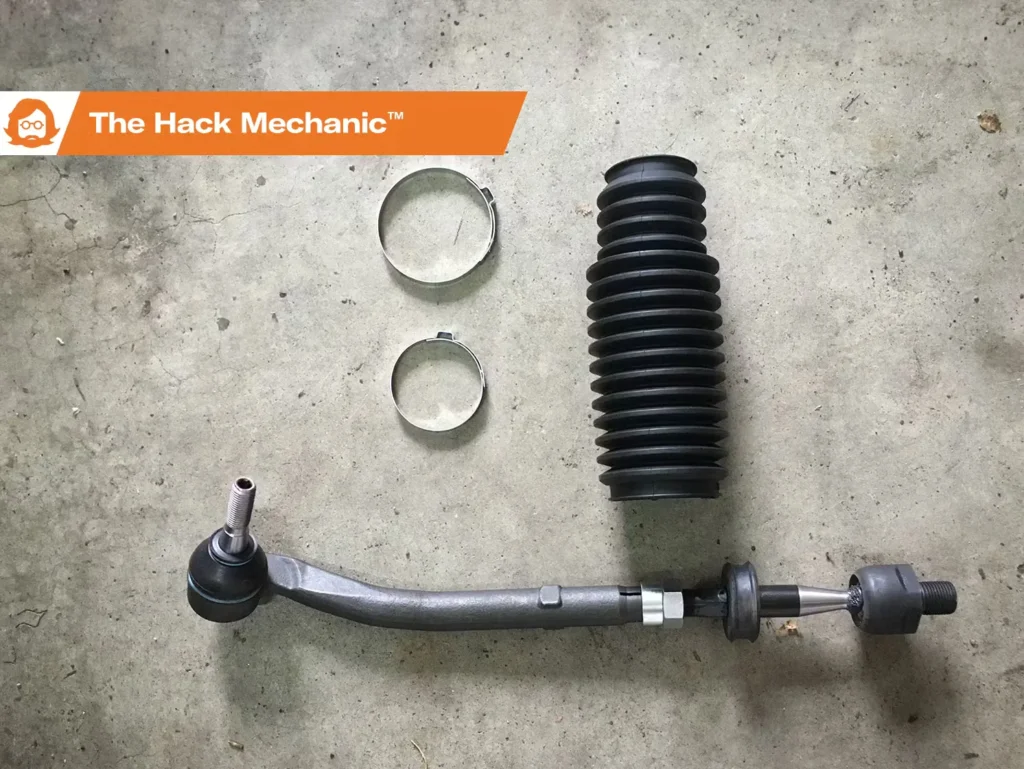
Rubber Strut Boot vs. Bellows: What’s the Real Difference?
You may hear mechanics use the terms “strut boot” and “strut bellows” interchangeably—but they aren’t exactly the same. A strut boot generally refers to a protective cover made from rubber or synthetic materials that Trapping Grease in Rubber Strut Boot wraps around the strut shaft. A bellows, on the other hand, is a type of strut boot with an accordion-style design that allows for more expansion and flexibility.
So why does this matter when trapping grease?
Bellows-style strut boots may provide slightly better grease containment because of their tighter, expandable folds. However, traditional rubber boots offer a tighter seal and are generally more durable against punctures and tears. If grease Trapping Grease in Rubber Strut Boot retention is your goal, the material quality of a rubber boot typically provides superior containment compared to cheaper bellows made of thin plastic.
Material Science: Why Rubber Is the Ideal Grease Sealant
Let’s nerd out for a second.
Rubber—especially EPDM rubber (ethylene propylene diene monomer)—is chemically resistant, thermally stable, and impermeable. This means it’s not only tough enough to resist sharp gravel or road salt, but it also doesn’t absorb or leak grease over time. That’s key when you’re dealing with the high pressures inside a suspension system.
Contrast this with plastic strut boots, which can become brittle in cold weather, or Trapping Grease in Rubber Strut Boot silicone, which while flexible, may not offer the same grease-trapping properties as EPDM.
Rubber strut boots:
- Hold up under high compression
- Don’t degrade easily from oil or grease exposure
- Maintain flexibility in both hot and cold temperatures
In short: rubber wins in almost every category for keeping grease exactly where it should be.
The Chain Reaction: What Happens When Grease Escapes?
You might think a bit of lost grease is no big deal—but think again.
Once grease leaks out of the strut boot, the suspension shaft gets exposed to dirt and moisture. From there, it’s a domino effect:
- Dirt enters the shaft area.
- Abrasive particles grind the shaft like sandpaper.
- The strut seal gets compromised.
- Hydraulic fluid leaks out.
- The strut loses pressure and fails.
- Your car’s handling and safety are significantly reduced.
All of this—because the boot couldn’t keep the grease where it belonged.
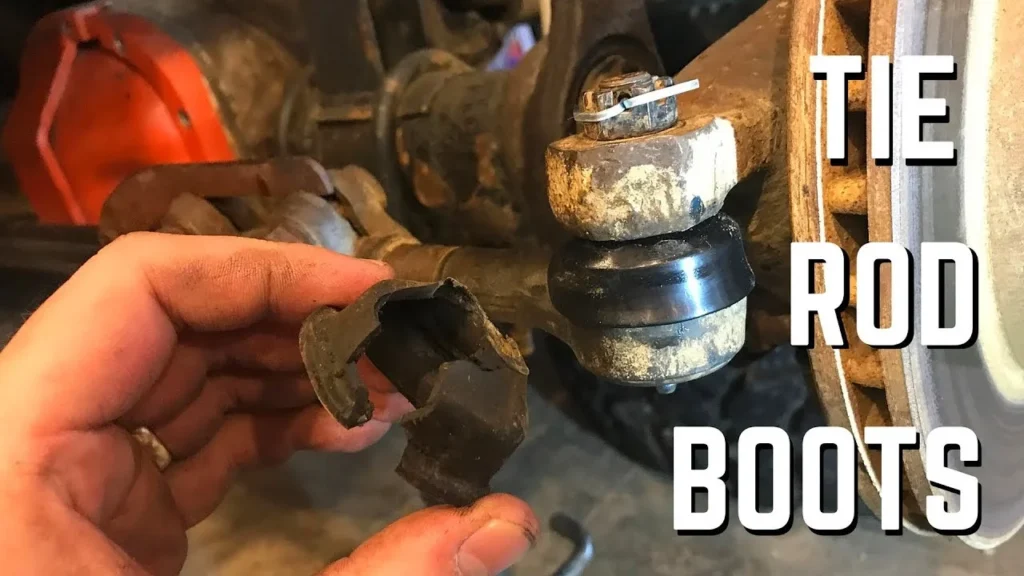
Real-World Case Study: Cost of Ignoring Strut Boot Maintenance
Meet Mark. He’s a delivery driver in Minnesota, facing snow, rain, and dirt roads daily. He ignored a cracked strut boot for over six months. One morning, his vehicle began Trapping Grease in Rubber Strut Boot pulling hard to the right, and the ride felt noticeably bumpier.
Diagnosis? The exposed strut had rusted, lost its hydraulic fluid, and collapsed internally. Repair bill: $850 per front strut, plus $300 in labor.
If he had just replaced the $20 boot earlier and kept the grease sealed inside, the cost would’ve been under $100.
Moral of the story: Tiny parts like boots and grease can save you major money.
Grease Type Matters: Which Grease Works Best in Strut Boots?
You can’t just throw any old grease into a strut boot and expect miracles. The wrong type can break down quickly, leak out, or even damage rubber.
Here are three top options:
- Synthetic Polyurea Grease: Excellent high-temperature stability and long-lasting.
- Molybdenum Disulfide (Moly) Grease: Ideal for suspension parts due to its superior load-carrying capability.
- Lithium Complex Grease: Common and affordable, but not always ideal in extreme temps.
Pro tip: Always check that the grease is rubber-safe and formulated for automotive suspension use.
Off-Road Vehicles: Why Grease Retention Is Mission-Critical
If you’re an off-road enthusiast, grease retention in your rubber strut boots isn’t just important—it’s essential.
Dirt trails, river crossings, and sand dunes introduce tons of contaminants. Without tightly sealed boots packed with quality grease, your struts won’t survive a season. That’s why many 4x4s use oversized rubber boots with extra-thick grease coatings for maximum protection.
Additionally, off-roaders often perform routine re-greasing after every intense trail ride, something most casual drivers never even think about.
Grease and Ride Quality: The Silent Comfort Factor
Let’s talk comfort.
Trapped grease doesn’t just protect—it smooths out the ride. Without it, your suspension components create friction, which turns into micro-vibrations felt through the steering wheel and seat. This is especially noticeable in luxury vehicles, where every small jolt matters.
Manufacturers like BMW, Lexus, and Audi go the extra mile in pre-greasing and sealing strut boots during production to offer that whisper-silent ride. So if you’re trying to keep your vehicle feeling “like new,” don’t overlook the power of grease.















Leave a Reply